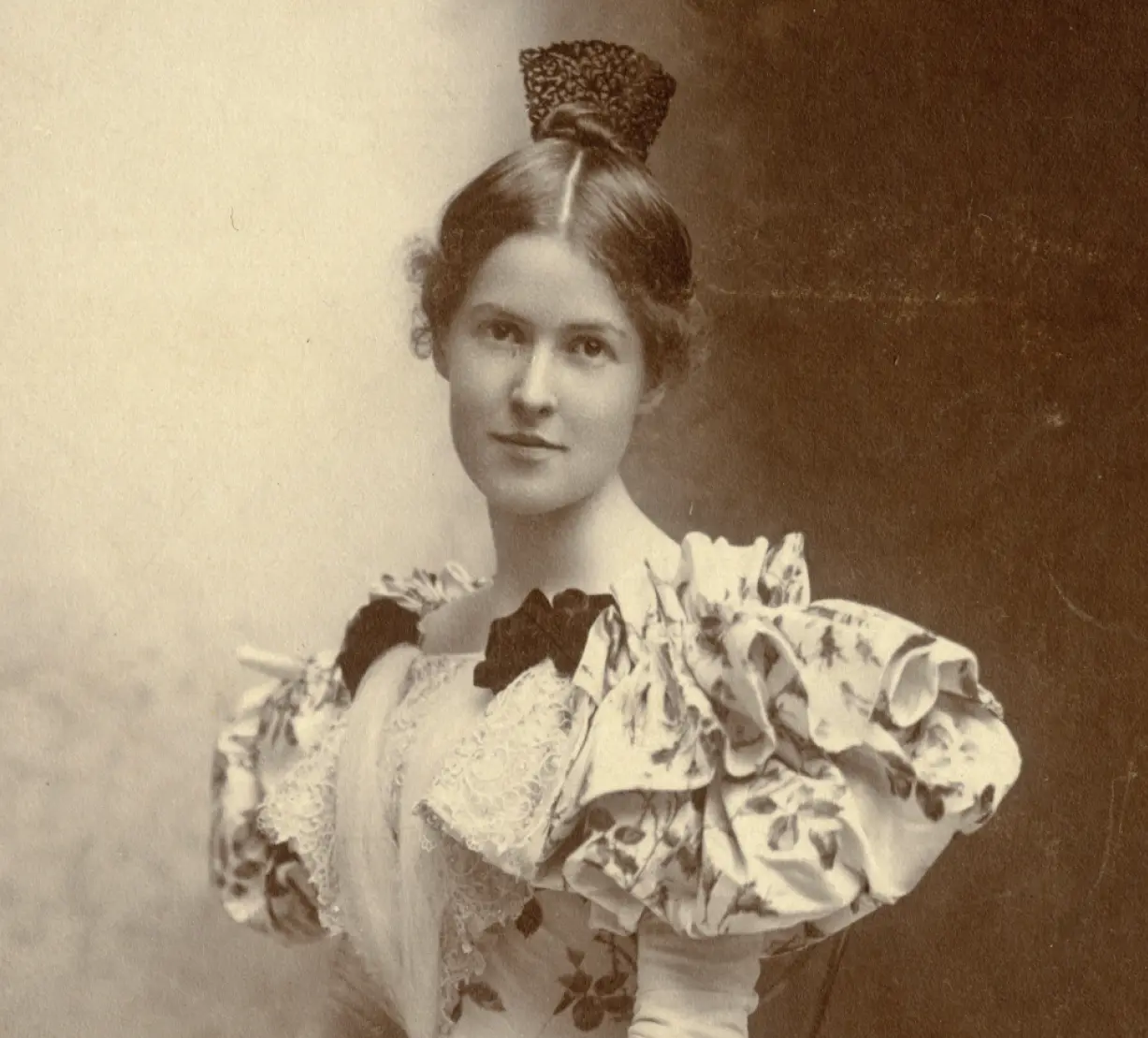Laying the Groundwork
Vassar Archives and Special Collections
In 1914, sisters Blanche Ferry Hooker, class of 1894, and Queene Ferry Coonley, class of 1896, dedicated supporters of the College, met with then-Vassar President James Monroe Taylor to discuss a place where alums could come together, pledging $300,000 in funding to bring their vision to fruition.
The original plan for the house, according to the August 1924 issue of the Quarterly, was to satisfy the demand for continuing education at Vassar. “It has always been the hope of the donors of the House and of the directors of the Associate Alumnae that Alumnae House would be more than merely a club where returning alumnae might be sheltered,” wrote Harriet Sawyer. “The beauty of detail throughout the House has been designed with an educational purpose, and the idea underlying all the life in the house is educational. It is the hope of all concerned that Alumnae House may be the scene of stimulating conferences and inspiring courses of study, where alumnae from all parts of the country may meet, confer, and discuss.”
The idea of constructing a building would get closer to reality in 1915, when Henry Noble MacCracken became Vassar’s new president, but goals for the project would change to developing faculty housing with a wing for alums. The hope was that the building would be completed in time for the Associate Alumnae’s 50th anniversary in June 1921, but plans had to be put on hold because of World War I and its aftermath. Due to wartime shortages and the post-war economy, plans for the building would continue to change. In the end, the decision was made to build two separate buildings, one for alums and a second for women faculty members (Williams House), thus significantly increasing the price of the project.


Vassar Archives and Special Collections
According to The Campus Guide: Vassar College by architecture professors Karen Van Lengen ’73 and Lisa Reilly ’78, the donors had chosen architects Richard and Joseph Howland Hunt to design and construct the house in a half-timbered Tudor style typical of Vassar buildings from this period. The design for the original landscape was by the Olmstead brothers—sons of Frederick Law Olmsted, who co-designed Central Park. “Their careful shaping of the rocky hill in front of the house gave the building a sense of place overlooking the college grounds while also buffering it from the noise of Raymond Avenue,” the guide declared.
On the rainy afternoon of June 8, 1924, nine years after the idea’s inception, Alumnae House would be officially dedicated and blessed. [Read more about the medieval-style ceremony.]
The House started to come to life. Faculty members, including Margaret Washburn, Laura Wylie, and Lucy Maynard Salmon, held a series of conferences attended by alums, students, and other educators throughout 1924. In its first year, Alumnae House hosted 2,250 guests, according to The Book of Alumnae House. They included alums and friends, young men who were visiting students, parents, and visitors from other countries, including New Zealand, Sweden, and England.
Today, the house continues to hold the promise of comfort and intellectual engagement. Along with Vassar’s new Institute for the Liberal Arts, being erected just down the hill, the House will form what is being called “West Campus.”